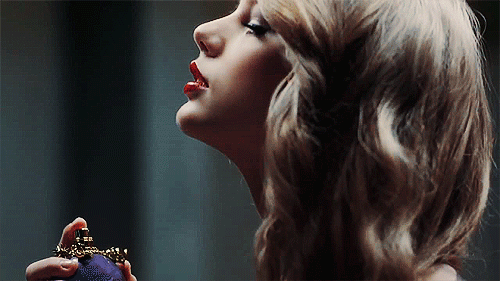
Create a Brand Experience that Sticks in People’s Brains: The Olfactory Identity
“What is essential is invisible to the eye.” Antoine de Saint-Exupéry

We are hearing more and more about brand sensory identity, but what is it?
This particular marketing brings together all that we can distinguish sensually by appealing to our 5 senses: the visual, the touch, the taste, the hearing and the smell. But why are brands now turning to this trend? Well, it’s because it complements their basic marketing and further also allows them to stand out from their competitors. These are the goals of these sensory techniques.
At Enigma, we were particularly interested in one of these sensory experiences: the olfactory identity. According to the 1996 study by Spangenberg, Crowley and Henderson, the presence of an olfactory signature would favor the user experience and memorization of it. Thus, the olfactory identity would be to smell what the logo is to sight.

The strength of olfactory memory
Odors act directly on our brain by activating the area related to our emotion and our memory, which thus awakens certain recollections. A great example of this is the experience when the smell of freshly-baked cookies brings back childhood memories and reminds you of your grandmother in the kitchen. From our earliest years, each stage of life gives rise to olfactory memories, more or less conscious, but always charged with emotions. Smell and memory are connected.
We also find this olfactory identity in a product, for example a disinfectant for toilets might have a smell of bleach because it reassures us of the final cleanliness, but that’s another story.
However, our sense of smell can be just as misleading and influence our judgment. Odors have the ability to trigger associations in our brain. Caroline Ardelet, a partner of the company Emosens and specialist in olfactory marketing explains it well with these examples: the smell of fresh, warm bread in front of an industrial bakery will let you think that they make their own products in an artisanal way; the smell of newness in a used car will suggest that it is safe.
Olfactory marketing is around every corner
Have you ever walked into a shop and noticed a smell that you found pleasant? This is what we’re talking about: a successful example of the application of an olfactory brand signature. The goal is to make you relax, want to stay longer and develop all your other senses, which could lead to a purchase.
When you enter into a Sofitel hotel, isn’t there a certain calm about it? Well, several elements involved: the decoration, the lighting, the quality of the reception – but also the perfume that floats in the air. This olfactory signature chosen from a range of 12 unique scents unique to Sofitel hotels helps to create an original and welcoming atmosphere for new customers. For return customers, it marks their return to a familiar atmosphere, which aids in creating comfort and makes them feel at home. You might think this easily makes sense for a hotel, but what about something even more special?
Singapore Airlines is one of the first airlines to have created its own olfactory signature. The cabin crew of Singapore Airlines wears the company’s signature perfume, which is also diffused during flights. A notch higher: Japan Airlines diffuses different perfumes according to the time of day, offering two perfumes with complementary scents of the same base: the Japanese cypress. The first is for morning flights, with a “sweet and refreshing” fragrance, the other for evenings with a more “rich and sophisticated” scent.
And we can even go further. Today, even cities have their own olfactory identity! A French company, The Scent of Departure, offers perfumes that allow you to take home the atmosphere of one of the world’s 20 major cities – for example, to discover “the air infused with the sweet smell of lilacs in Central Park, with intoxicating perfumes from passersby on the Champs-Elysées, with clouds of spices wafting through Istanbul’s Grand Bazaar.” So many views to the most beautiful cities in the world, captured with the help of a few bottles of perfume.

The olfactory signature: an ambient loyalty campaign
The olfactory identity does not trigger the act of purchase; rather, the goal of this emotional experience is linked to loyalty. For example, Céline Caracci, merchandising manager of Aigle, says “Customers who come into our stores know they are at Aigle”. Indeed, olfactory memory is much more persistent than visual memory, notes Gaëlle Sohier, lecturer at the University of Rouen and author of a thesis on sensory marketing.
If you get your customers used to a certain smell, they will remember it as soon as they encounter it again, even after several years. If this smell is so remarkable to the visitor, he may even want to take away scented souvenirs such as candles and scented sticks. Contrary to popular belief, this represents a minor financial investment in terms of the benefits that we know today in terms of loyalty but can go further to influence a purchase and create a positive relationship with the brand.
Creating an olfactive identity is a powerful way to bond with your customers. Find out here about all the additional elements you need to create a strong brand.